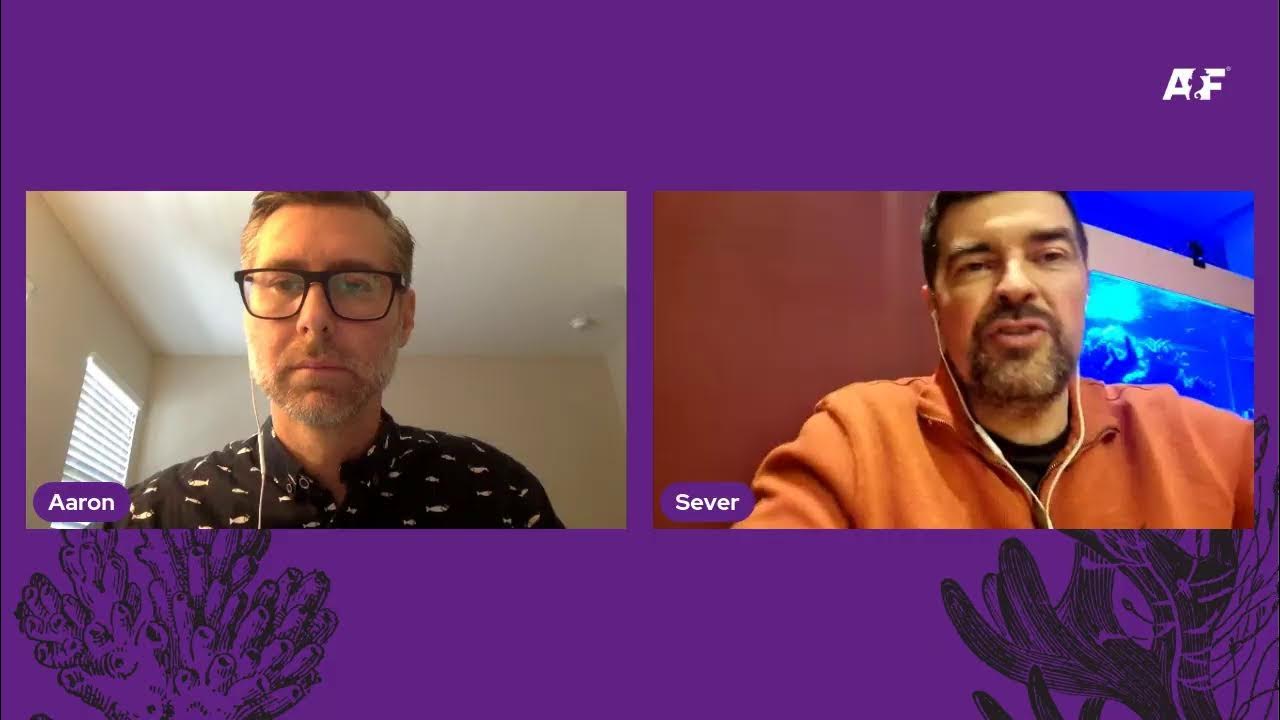We used "volcanic live sand" from Hawaii in our 29g cube. It was cycled in 3-4 days.
I've never heard of anyone using volcanic rock, as their rockscape and later to build as live bacteria rock like we use from reefs. I've used it as bacteria media in ponds for many years with great success.
It's very light weight and very,... porous to promote deep imbedded bacteria.
So, if we use the ocean volcanic sand, why not the rock in fish only or reef tanks ?
I've never heard of anyone using volcanic rock, as their rockscape and later to build as live bacteria rock like we use from reefs. I've used it as bacteria media in ponds for many years with great success.
It's very light weight and very,... porous to promote deep imbedded bacteria.
So, if we use the ocean volcanic sand, why not the rock in fish only or reef tanks ?



















